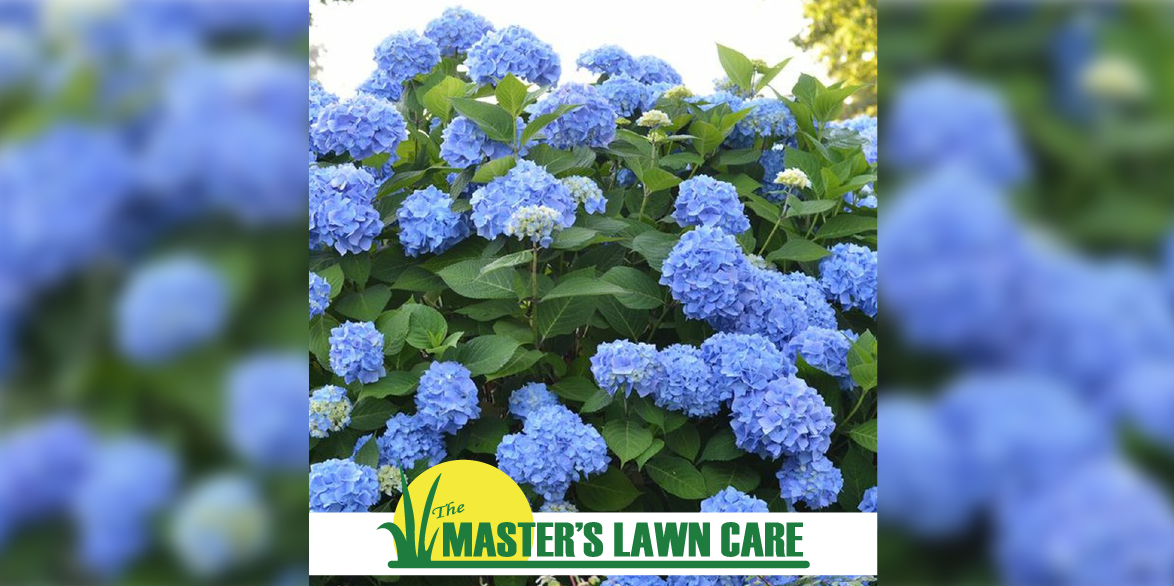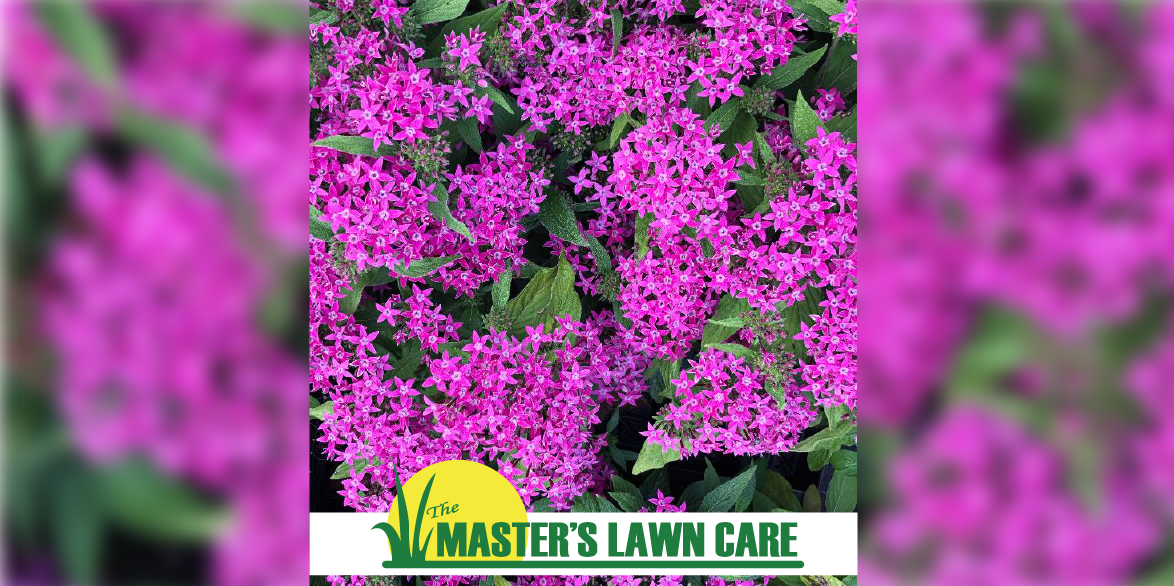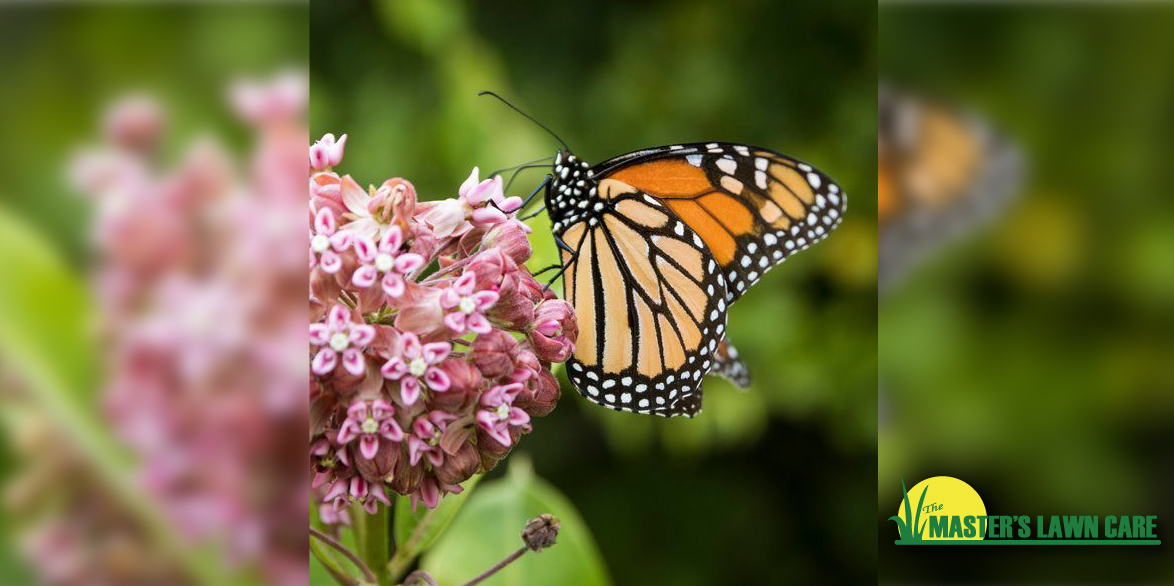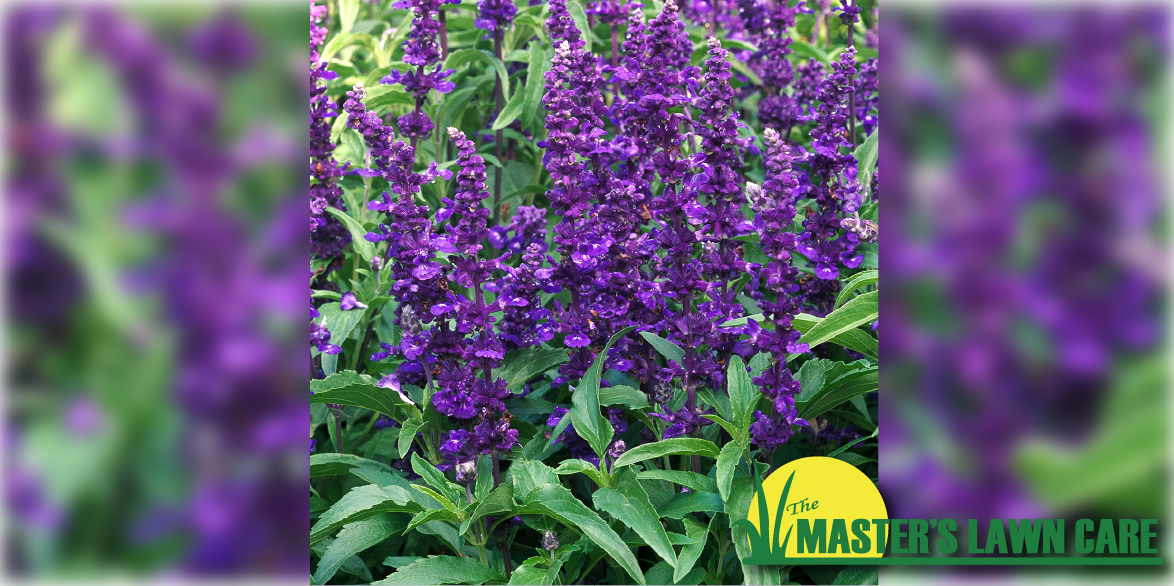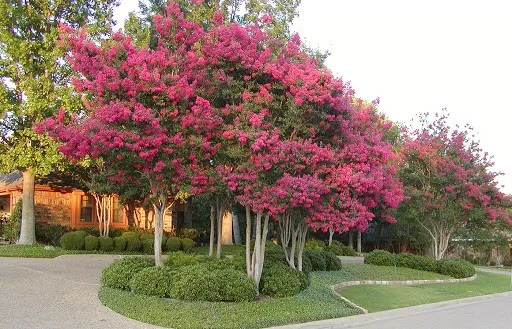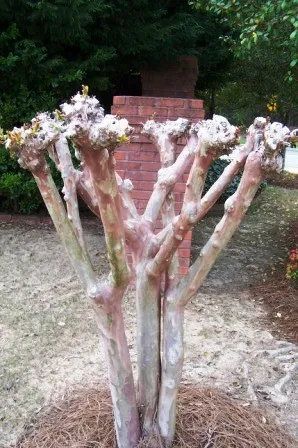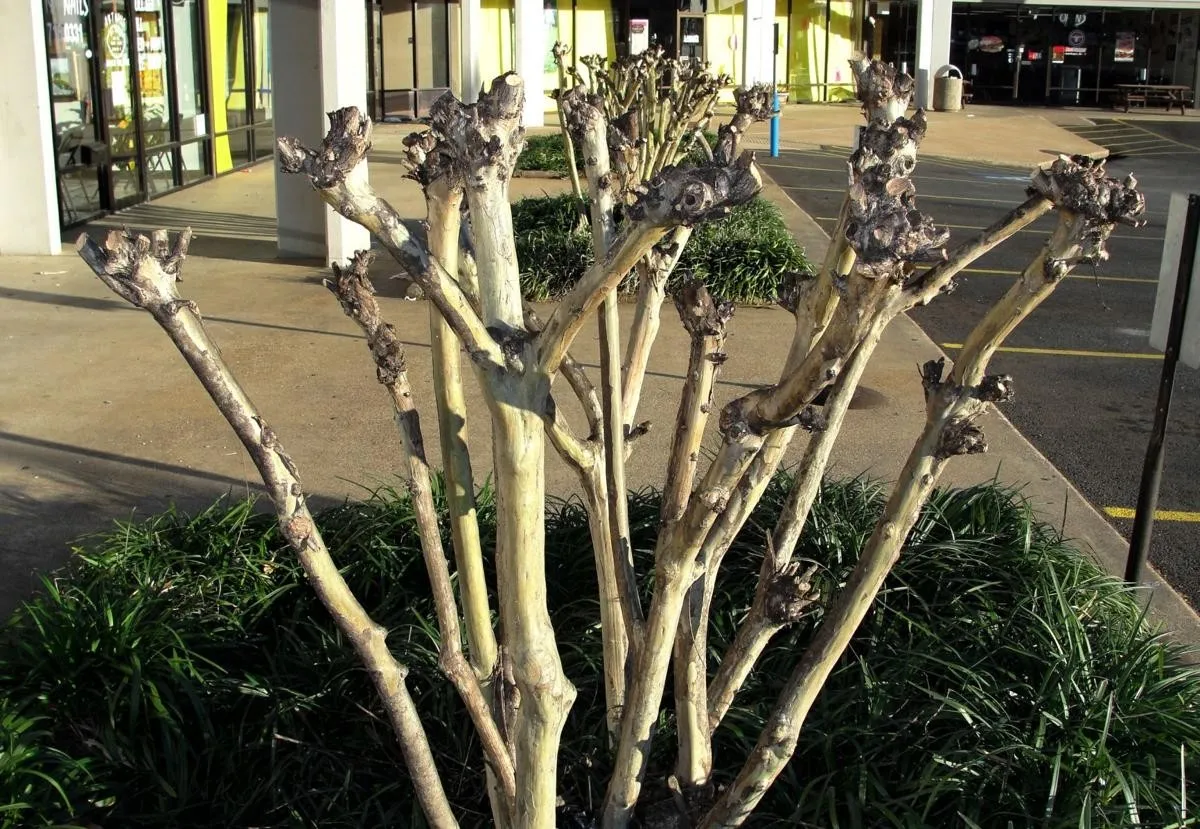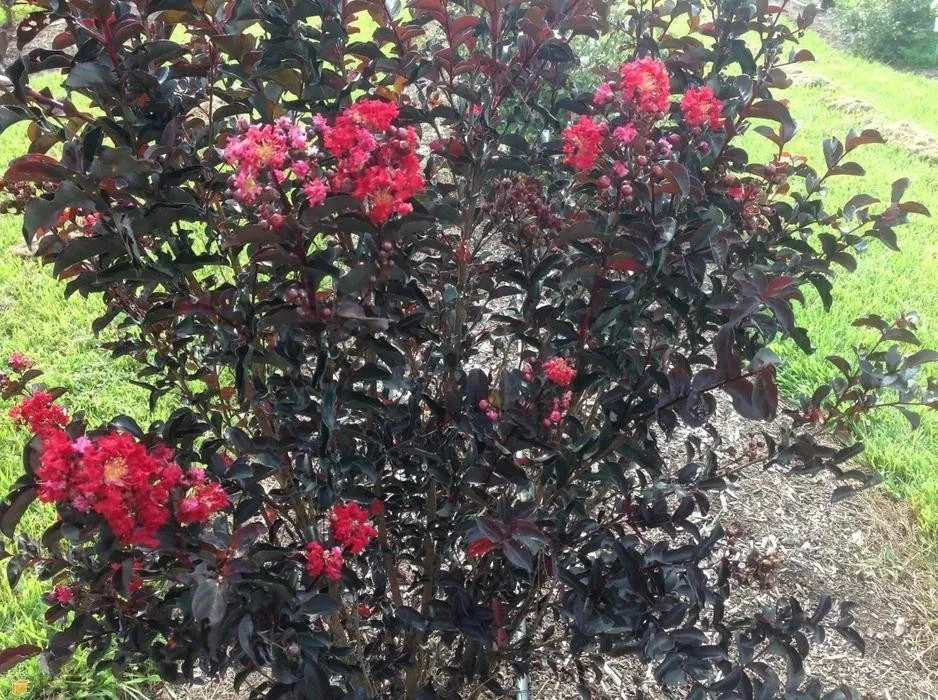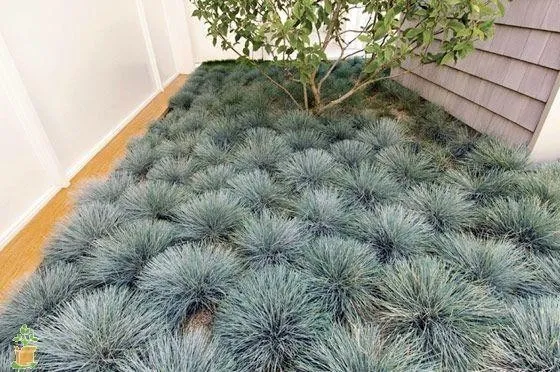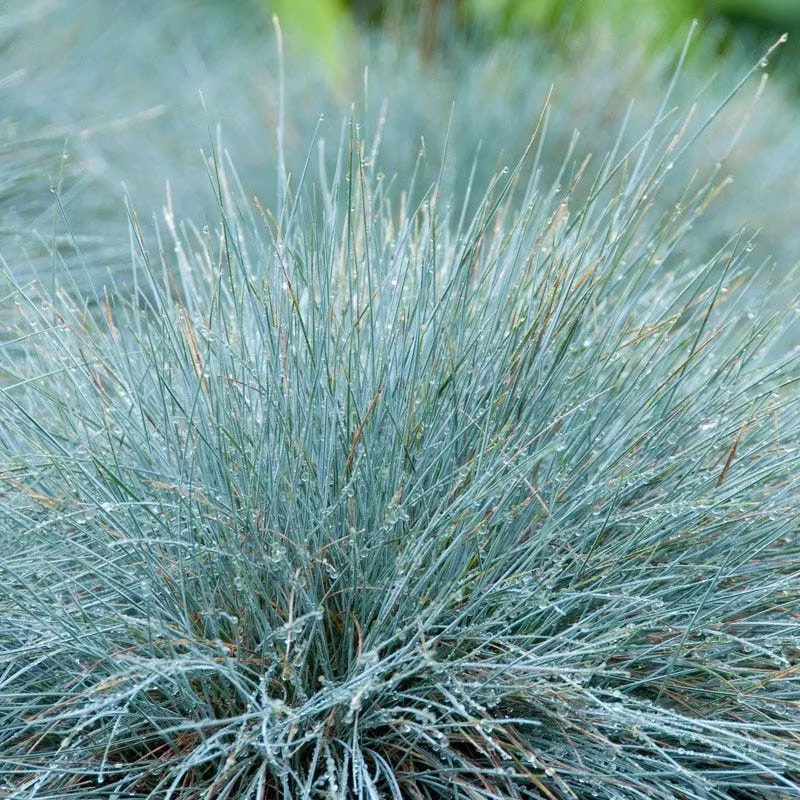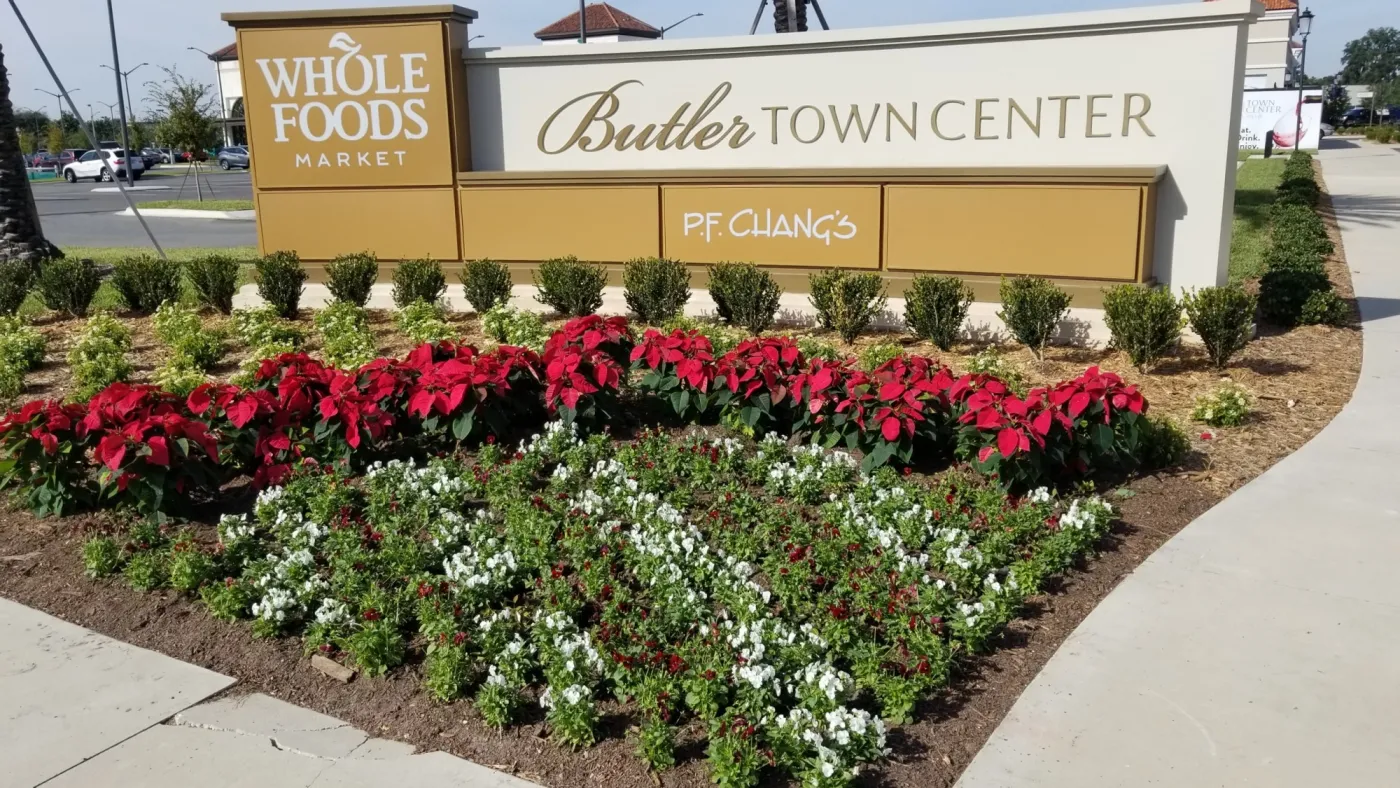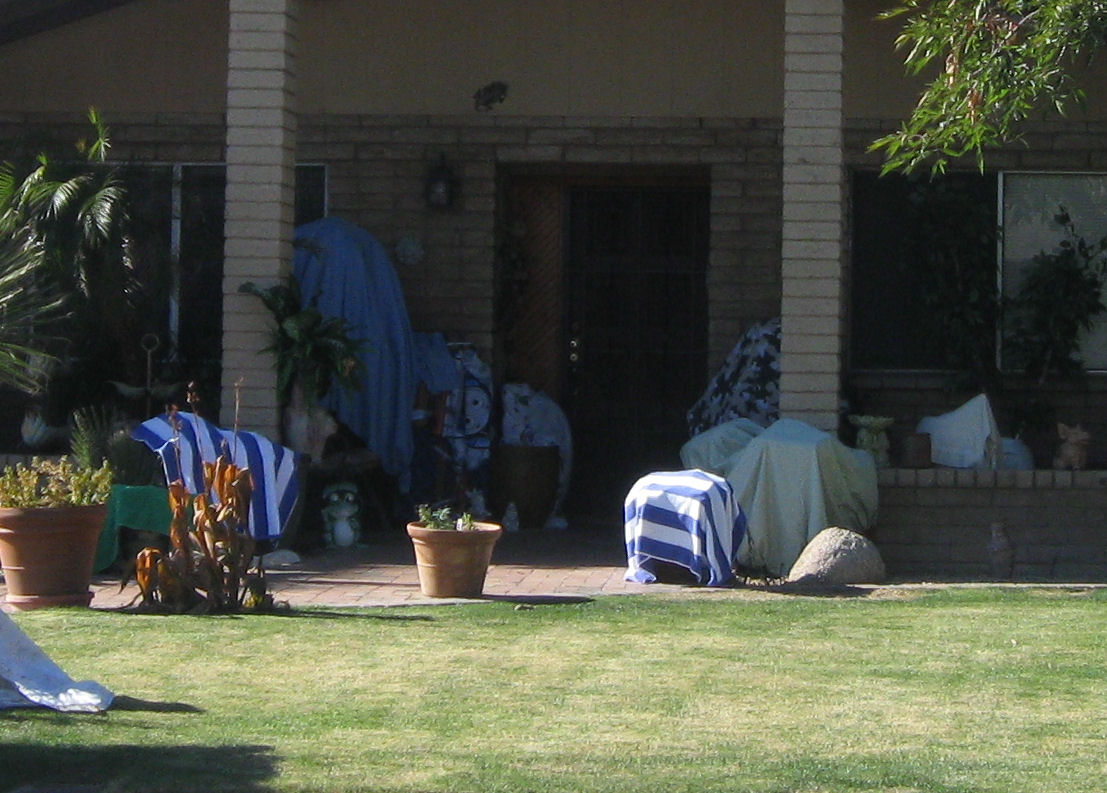Different parts of a landscape may possess entirely different sun exposure and shade landscape plants take advantage of those areas which have light restricted in some way. It is also important to understand there is not just one kind of shade, nor one kind of shaded area.
Shaded areas in landscaping are often categorized by the following:
-
Deep Shade
An area which is shaded throughout the day and gets minimal sunlight. -
Partial Shade
An area which sees the morning sun but not the afternoon, or vice versa. Morning sun is largely preferred for these plants as it is cooler. -
Filtered Sunlight Areas
This is the shade created by overhead foliage which might keep an area without direct sun or perhaps under a perpetual mottled light.
Whether you want to brighten up your landscape or create more depth with added foliage, below you will find 10 shade-loving plants that happily grow where their full sun needed plants won't.

1. 'Endless Summer' Hydrangea
The Endless Summer hydrangea is a brand of cold-hardy, reblooming hydrangeas. Their stunning blooms are available in many colors: pink, blue, purple, red, and white. This mophead hydrangea cultivar blooms on the previous year’s stems as well as the new season’s stems, which is not the typical bloom habit of mophead hydrangeas.
- North Florida Lawn Plant of the Month: Endless Summer Hydrangea
- Endless Summer Collection Hydrangeas
2. Japonica Camellia
For winter color, you can’t beat the camellia. The Camellia 'Japonica' looks gorgeously green and glossy through the winter and wows us with beautiful flowers to brighten the dull winter landscape. While many plants are losing leaves, going dormant, and suffering cold damage - the Camelia is just coming to life with white, pink, or red blooms to brighten your Gainesville landscape.

3. 'Lily of the Nile' Agapanthus
Agapanthus, also known as 'Lily of the Nile,' is a perennial plant, grown for their showy flowers, commonly in shades of blue and purple, but also white. They thrive in North Florida soil and do well in everything from partial shade to full sun.
4. Azaleas
There are few plants as common in Nocatee lawns and Gainesville landscapes as the Azalea. These low-maintenance plants put on a bright show when they flower, and can rarely be beat in the amount of flowers on each plant. The bloom time is different with different varieties such as Red Ruffle, Formosa, Gerbing, and Fashion - but they never disappoint!

5. 'Cardinal' Firespike
Firespike adds a big pop of red to the landscape, making some gardeners suggest that it’s the equivalent of red salvia on steroids. The foot-long spikes of showy flowers appear year-round in South Florida and during fall and winter in North Florida lawns. They attract hummingbirds and several species of butterflies that feed on the nectar.
6. Shade Ferns
Ferns immediately come to mind when we think of shade gardens, and for good reason. Most ferns inhabit temperate and tropical forests, where they flourish in shady, moist and humid conditions. There is something primally satisfying about this diverse group of plants, which is reason enough to include them in almost any environment in which they will grow.
7. Cordyline
Cordyline 'Red Sister', also known as Red Ti Plant, but is technically classified as Cordyline terminalis. The Ti plant is native to east Asia and is profoundly robust on the leeward side of the Hawaiian Islands.
Red Sister grows 4 - 6 feet tall and should be spaced 3 feet apart. The foliage is colored with burgundy to pink color with no need to flower because of it's tropical foliage color, although there is an occasional flower spike.
- Gainesville Landscape Plant of the Month - Cordyline
- Cordyline Guide: How to Plant and Care for Cordylines

8. Dwarf Penta
Not many plants can stand the heat and humidity in Florida, but the Dwarf Penta loves it! This is a heat loving flower that has been bred to bloom all summer. These attractive plants produce red, pink, or white flowers which makes them a great addition to a full/partially sunny, hot, flower garden throughout the summer and are a great source of food for hummingbirds and butterflies. This variety of Penta will stay compact and top out around 12 – 15 inches.

9. Sasanqua Camellia
Without a doubt, when the Camelia is in bloom you cannot question it’s splendor. The Sasanqua, in comparison to its sister Japonica variety, has smaller leaves and grows more densely. Its glossy leaves shine beautifully throughout the year in landscape beds. It also tends to withstand our Florida sun better, too. Its blooms are what gives it the prize, though.
- Gainesville Landscape Plant of the month: Sasanqua Camellia
- UF IFAS Gardening Solutions: Sasanqua Camellias
10. 'Oakleaf' Hydrangea
Oakleaf hydrangea is a coarse-textured native shrub that works well as an understory planting under large trees like live oaks. Each summer, oakleaf hydrangea puts up huge cone-shaped clusters of white flowers that will stay on the plant for months, eventually changing to a light pink or purple.
The most important thing is understanding the requirements of each plant to have it thrive. Those plants which enjoy strong sunlight are least likely to endure shade; similarly, those plants which enjoy deep shade will not endure much direct sunlight. Shade landscaping adds a greater variety to your landscape and will break up the monotony of sun-loving Florida plants.
If you’re looking to add one of these North Florida Landscape plants into your yard, please fill out the form above or contact us at (352) 378-5296 for Gainesville landscape service and (904) 913-5296 for Ponta Vedra and Nocatee Lawn Service.

